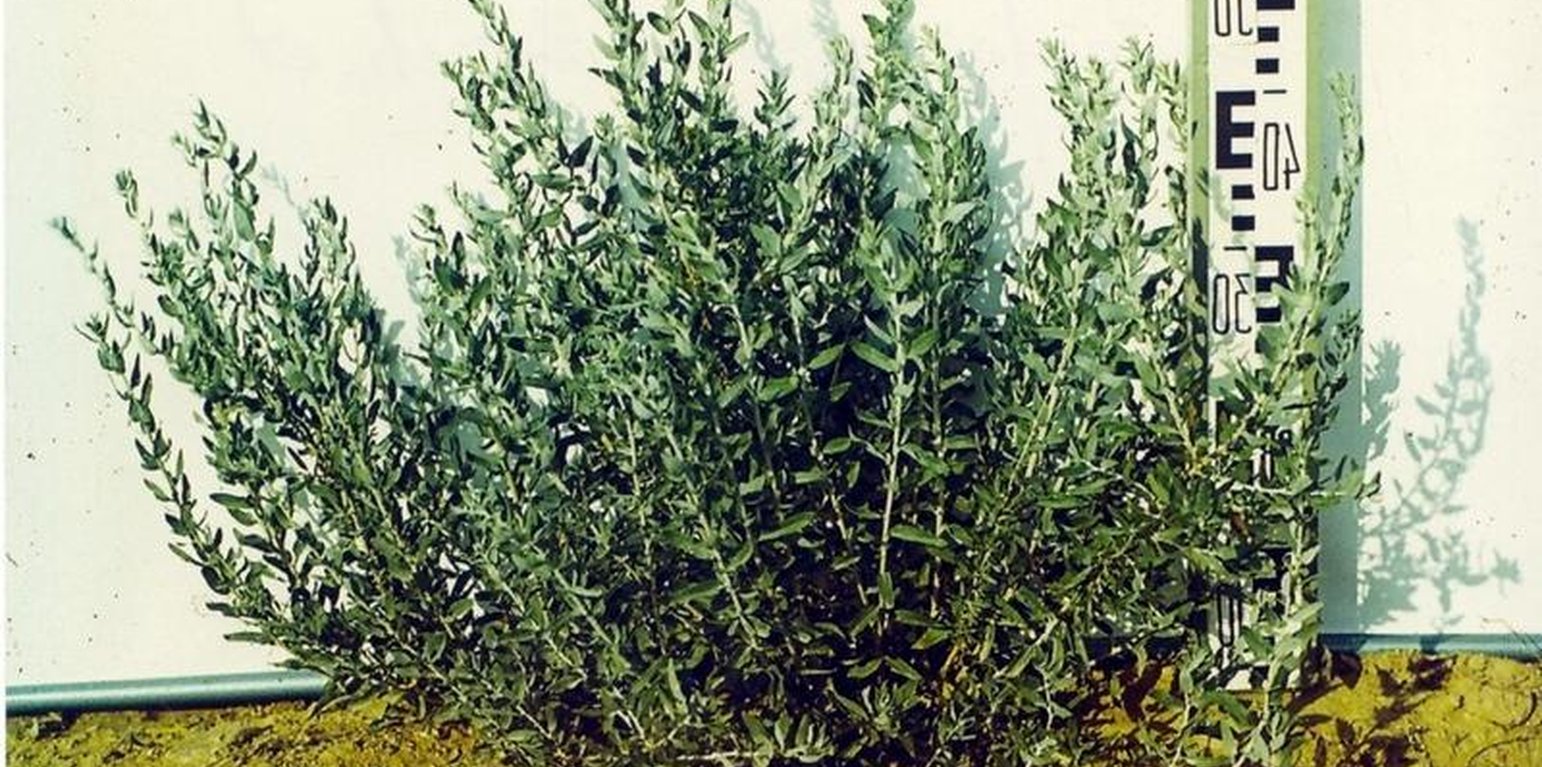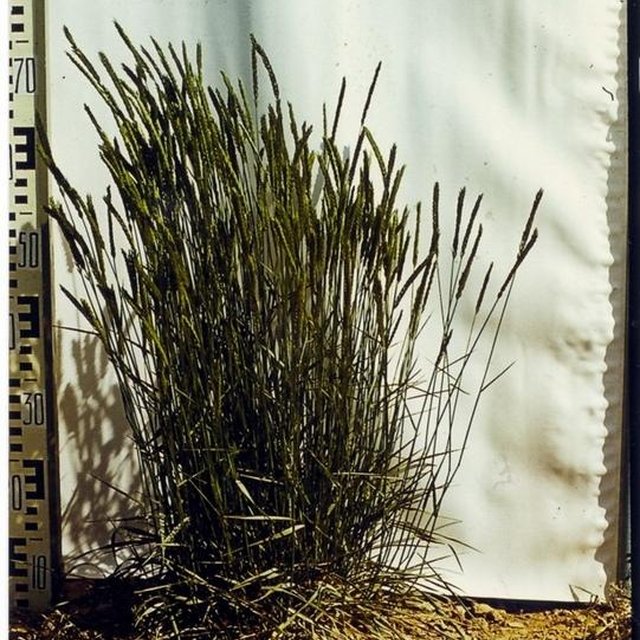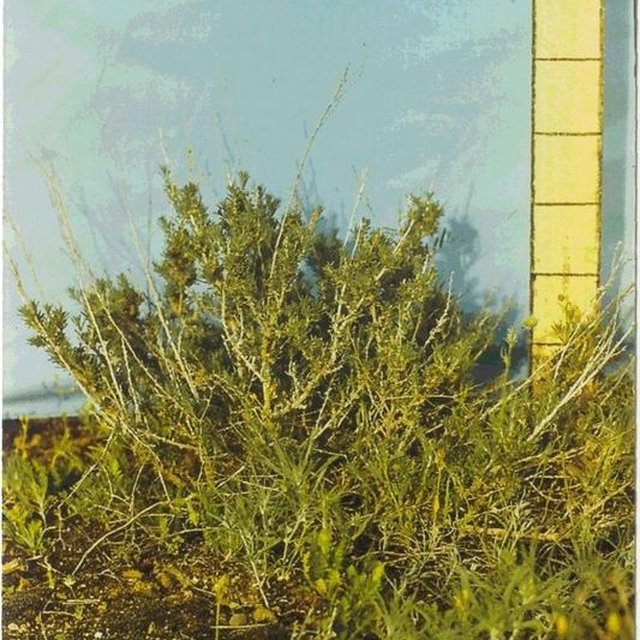



1. Artificial fodder rangelands in desert are created in strong degraded sites by sowing of fodder subshrubs and perennial forbs.
2. The list of the fittest fodder plants, which can maximally effective use the poor desert soil resources, is established
3. The most capable plants belong to Chenopodiacia family: Kohia p., Salsola o., Ceratoides p., Artemisia t., to Areminea family – Agropyrum desertorum.
4. The preparation of soil for sowing is of sparing sort of under-winter ploughing (spike-tooth disk harrow). Sowing of subshrubs is carried out under winter in treated soil with sowing standard 2 million germinating seeds per 1 hectare. Agropyrum d. is sowed in early spring. Before sowing seeds are mixed in equal quantities at total sowing standard 2 million germinating seeds per 1 hectare.
5. The grazing is prohibited in the first year. It is possible to use the sowed site moderately since the latter half of the second year.
The cost of 1 hectare is 2700-3100 tenge with taking into account petrol, salary etc.
地点: South Pribalkhashye, Eastern part of sand Moynkum massif, Jambyl, Almaty oblasts., 哈萨克斯坦
分析的技术场所数量:
技术传播: 均匀地分布在一个区域 (8000.0 km²)
在永久保护区?:
实施日期: 不到10年前(最近)
介绍类型







| 对投入进行具体说明 | 单位 | 数量 | 单位成本 (美元) | 每项投入的总成本 (美元) | 土地使用者承担的成本% |
| 劳动力 | |||||
| All the Labour | ha | 1.0 | 9.0 | 9.0 | 100.0 |
| 设备 | |||||
| Machine use | ha | 1.0 | 13.0 | 13.0 | 100.0 |
| 植物材料 | |||||
| Seeds | ha | 1.0 | 16.0 | 16.0 | 100.0 |
| 技术建立所需总成本 | 38.0 | ||||
| 技术建立总成本,美元 | 38.0 | ||||
| 对投入进行具体说明 | 单位 | 数量 | 单位成本 (美元) | 每项投入的总成本 (美元) | 土地使用者承担的成本% |
| 劳动力 | |||||
| All the labour | ha | 1.0 | 3.0 | 3.0 | 100.0 |
| 设备 | |||||
| Machine use | ha | 1.0 | 4.0 | 4.0 | 100.0 |
| 技术维护所需总成本 | 7.0 | ||||
| 技术维护总成本,美元 | 7.0 | ||||
Increase of protein content from 4-5% to 11-14%
Stabilization
SLM之前的数量: 5
SLM之后的数量: 0
Enrichment of local wild flora